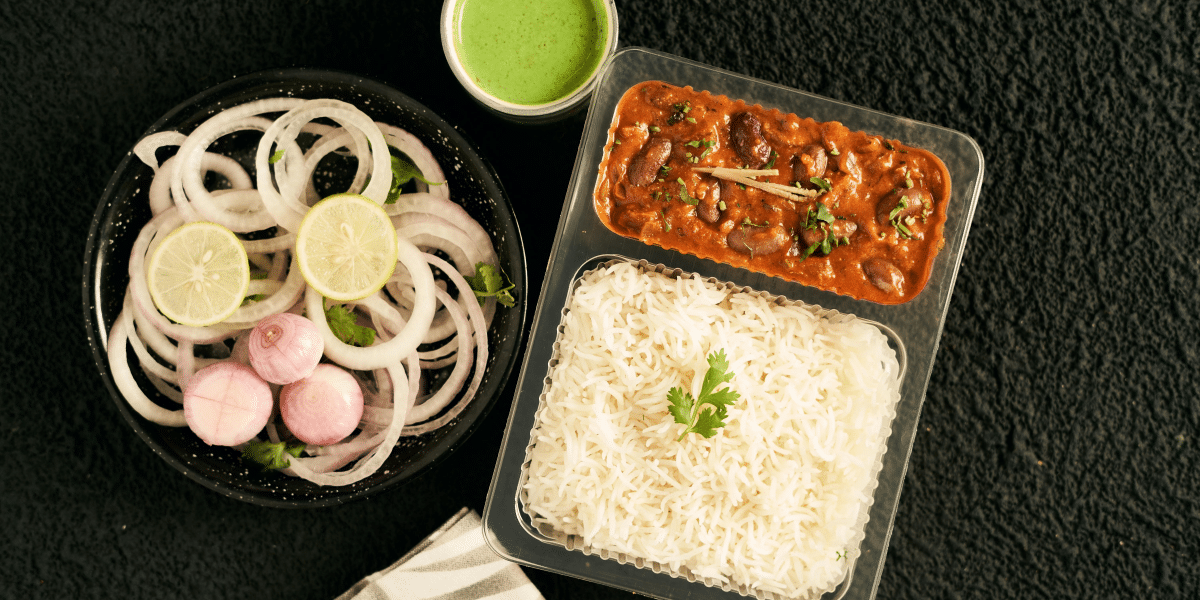Rich flavors, a wide variety of ingredients, and brilliant colors are some of the aspects that make Indian cuisine so memorable. Every region has its own one-of-a-kind gastronomic experience, from the crowded streets of Mumbai to the peaceful countryside of Kerala. Everyone interested in broadening their culinary horizons will find this introduction to Indian cuisine an excellent resource. In it, we will delve into the fundamentals of this gastronomic paradise, presenting a guide to Indian cuisine.
The Foundation of Indian Cuisine
Spices and Their Significance
The use of spices is deeply ingrained in Indian cuisine. They serve as the driving force behind every meal. These are some of the spices that are used frequently:
- Turmeric: is a spice well-known for its earthy flavor and striking yellow color.
- Cumin: imparts a flavor that is both toasty and nutty to foods.
- Cardamom: A fragrant spice that can be used to enhance both savory and sweet foods, cardamom is a spice.
- Cloves: On the other hand, cloves impart a flavor that is robust, sweet, and slightly bitter.
- Coriander: It is possible to use coriander in both seed and leaf form, imparting a sense of freshness to recipes.
Essential Ingredients
Several ingredients, in addition to spices, are considered to be essential in Indian kitchens:
- Lentils (Dal): often known as Dal, are an excellent source of protein.
- Rice: When it comes to rice, Basmati rice is particularly well-known for its long grains and intensely fragrant fragrance.
- Yogurt: The use of yogurt as a refreshing side dish and in marinades and curries is everyday
- Ghee: is a clarified butter that is used in a variety of dishes to provide richness.
- Chilies: For people who like a little heat in their food.
Regional Delicacies
North India
North Indian cuisine is well-known for its hearty and robust flavors. Key dishes include:
- Butter Chicken: Tender chicken pieces cooked in a creamy tomato sauce.
- Rogan Josh: A flavorful lamb curry with a rich, red gravy.
- Naan: Soft, leavened bread that pairs perfectly with curries.
- Chole Bhature: Spicy chickpea curry served with fluffy fried bread.
South India
South Indian cuisine, on the other hand, is more light-hearted and frequently uses ingredients such as coconut and tamarind components.
- Dosa: is a thin pancake served with chutney and sambar. It is crispy and thin.
- Idli: are steamed rice cakes that are light and airy in texture.
- Fish Curry: This dish is typically made with tamarind and coconut milk.
- Biryani: The aromatic rice dish, biryani, is piled with various types of meat, veggies, and spices.
West India
Western India offers a blend of spicy and tangy flavors. Must-try dishes include:
- Vada Pav: A spicy potato fritter sandwiched in a bun.
- Pav Bhaji: A spiced vegetable mash served with buttered bread rolls.
- Goan Fish Curry: A tangy curry made with fresh fish and coconut milk.
- Puran Poli: A sweet flatbread stuffed with lentil and jaggery filling.
East India
Eastern India is known for its sweets and seafood.
- Macher Jhol: A light fish curry with vegetables.
- Prawn Malai Curry: Prawns cooked in a creamy coconut sauce.
- Rasgulla: Soft, spongy cheese balls soaked in sugar syrup.
- Sandesh: A delicate dessert made from fresh paneer.
The Art of Indian Cooking
Cooking Techniques
Indian cuisine is characterized by a wide range of techniques that are used to enhance the flavors and textures of specific foods.
- Tadka (Tempering): To liberate the tastes of spices, tadka, also known as tempering, involves heating them in oil or ghee.
- Marination: is a method of tenderizing meat that involves the use of yogurt, spices, and lemon juice.
- Slow Cooking: The process of allowing flavors to combine at a low heat is referred to as slow cooking.
- Steaming: Steaming is an excellent method for preserving flavors and nutrients, particularly in foods such as idli.
Pairing and Presentation
The traditional Indian lunch is typically served on a thali, which is a large plate, along with a variety of side dishes. This is a regular practice. This meal is a visual and gustatory extravaganza.
- Raita: is a yogurt drink that is flavored with cucumber and mint.
- Papadum: Crispy lentil wafers.
- Pickles: Pickles are condiments that are both spicy and sour.
- Chutneys: Pickles are condiments that are both spicy and sour.
Conclusion
In terms of both flavors and customs, Indian cuisine is a veritable treasure trove. There is always something new to learn, regardless of whether you are a newbie cook or a seasoned foodie with some experience. Are you ready to embark on a beautiful journey through the world of cuisine? Begin your journey of discovery and completely submerge yourself in the diverse array of Indian cuisine.
Initiation to Take Action: If you would like to receive additional mouthwatering recipes, helpful culinary advice, and insider stories from Indian cuisine, subscribe to our Indian food blog. Joy in the kitchen.
Published by: Martin De Juan



















